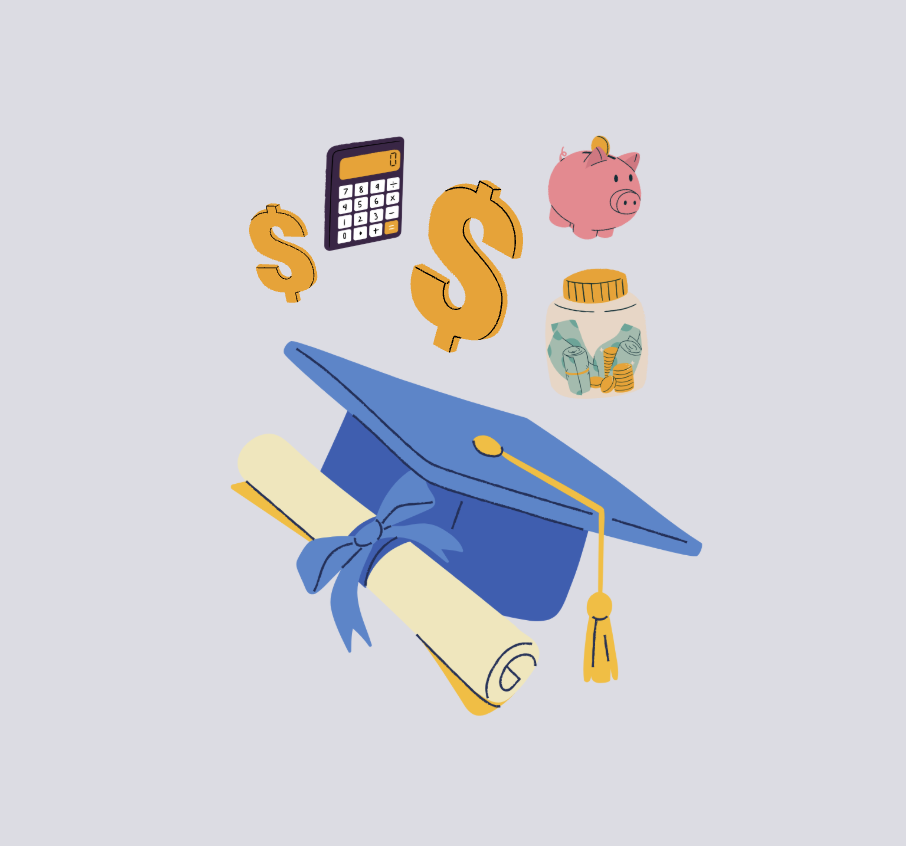For years students have asked, “When are we going to use this?” during lessons on the periodic table or the Pythagorean theorem. However, Pennsylvania schools are now mandated to implement a personal finance course as a graduation requirement — a highly beneficial class teaching topics that students are truly going to use beyond high school.
“I feel this is really important because people like my parents, or even myself didn’t learn these topics in high school, so we went out into college and the real world kind of figuring it out on our own,” said Mr. Matthew Greenawald, who teaches Economic Applications of Math at Southern Lehigh High School. “When you learn these skills at 17 or 18 years old, [you have a] simple advantage…compared to the folks of my generation who just had to figure it out.”
According to the PA General Assembly Senate Bill passed in 2022, which will come into effect for the class of 2027, all high school students will have to complete a half-credit personal finance course as a graduation requirement. This course could fall under several titles, as long as it covered basic topics such as earning, saving, investing, spending, and borrowing. In Southern Lehigh, our curriculum offers two options that will fulfill this graduation requirement: Financial Literacy, a business course, and Economic Applications of Math, a mathematics course.
However, these options were not always available to students here at Southern Lehigh. About a decade ago, a course titled “Finite Mathematics” was offered to upperclassmen. In this full-year course, students were taught a basic level of math throughout the first semester and covered economic math applications throughout the second semester. After hearing such positive input regarding the topics covered in the second half of the year, Southern Lehigh introduced the Economic Math Applications course in replacement. This half-year course still implements those same money-related topics that benefited students, but without the first semester’s topics.
Why is it so important for schools to implement these concepts? Well, high school students actually make a significant number of financial decisions before graduation. Upon entering high school, many students begin working, exposing themselves to paychecks, taxes, and benefits. At age 16, most begin driving, and many times, buy their first car. And at age 17, students begin nailing down their path after high school; whether that’s attending community college, a four-year college, a technical school, or entering the workforce. All of these require money, thus making it essential for students to feel comfortable and confident dealing with any financial decisions that may come their way.
“Financial Literacy is an extremely beneficial class,” sophomore Sarah Lewis said. “I believe it’s a life skill that every student should have [moving into the real world].”
At publication, 35 states have required high school students to take a personal finance course to graduate, twenty-three of which only adopted such legislation in the past three years. What about the other 15 states?
In many cases, these states are relying on the parents of high schoolers to provide their children with sufficient financial knowledge. As students are sent to high school to learn concepts that will further set them up for success, it should be implied that high schools teach financial knowledge as one of these concepts, instead of placing these expectations onto parents and guardians.
According to a survey conducted by Pew Research, several factors play a role in a parent’s ability to confidently provide financial guidance to their children. Only 54% of adults claim to know information about financial guidance. In this, upper-income households (72%) claim to know more about personal finances than lower-income households (42%). Furthermore, white adults (58%) are more likely to claim they know more about personal finances than Black (50%) or Hispanic (48%) adults.
In the same survey, only 19% of respondents claimed they learned financial knowledge from K-12 schools. Meanwhile, 57% of respondents claimed their knowledge arose from the internet or media sources. As our country is incredibly diverse in both income levels and race, taking this burden off of parents and placing it on public schools is crucial in increasing these numbers and ultimately, producing financially successful young adults.
“Walking into the world of finance and economics is like walking into the gym as someone who has never exercised a day in their life,” Mr. Greenawald said. “You are completely lost, because there are just so many options. This class, I believe, will help you work towards becoming a little less lost, and much more successful.”



